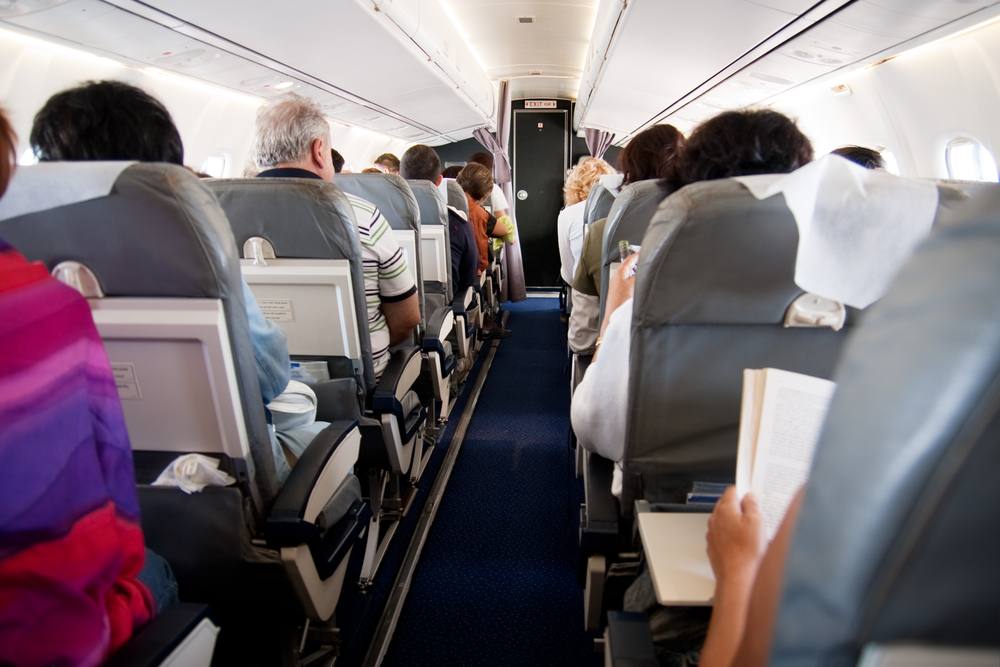 If you've ever felt sick after traveling on an airplane, you may want to consider some of your behaviors and movements. Where you sit and what you touch on a plane may contribute to disease transmission, according to a recent study.
If you've ever felt sick after traveling on an airplane, you may want to consider some of your behaviors and movements. Where you sit and what you touch on a plane may contribute to disease transmission, according to a recent study.
"There have been some studies that have suggested that because, as people walk up and down the aisles, they may touch the armrest along the aisle. And that could potentially serve as a way of transmitting infection to persons sitting in the aisle seat," says Dr. Nipunie Rajapakse, a Mayo Clinic pediatric infectious diseases specialist. "Some people have suggested that the window seat may be the safer seat to sit in in terms of risk of transmission of infections.”
Watch: Dr. Rajapakse discusses how to stay healthy when flying.
Journalists: Broadcast-quality sound bites are in the downloads.
“Some of the dirtiest places on an airplane — or where you’re most likely to pick something up with your hands — have been found to be the seatback tray table, the armrest, the seat belt buckle and, of course, the bathroom on the airplane," Dr. Rajapakse says. "So avoiding touching those surfaces as much as possible will help to keep you healthy."
Since touching these surfaces sometimes cannot be avoided, wiping them down with a disinfectant wipe and washing your hands or using hand sanitizer afterward, can decrease your risk of picking up an infection.
The best thing to do when traveling is to wash your hands frequently to prevent illness.
“Many of these infections are spread by respiratory droplets. That means direct exposure to someone who’s coughing or sneezing," Dr. Rajapakse says. "If these droplets land on a hard surface, you can pick them up and infect yourself if you touch your face, your nose or your mouth."
To stay healthy during air travel, you should:
- Drink plenty of water.
- Bring disinfectant wipes.
- Use hand sanitizer.
- Bring facial tissues.
- Ensure your vaccinations are up to date, and get your flu shot in preparation for flu season.







